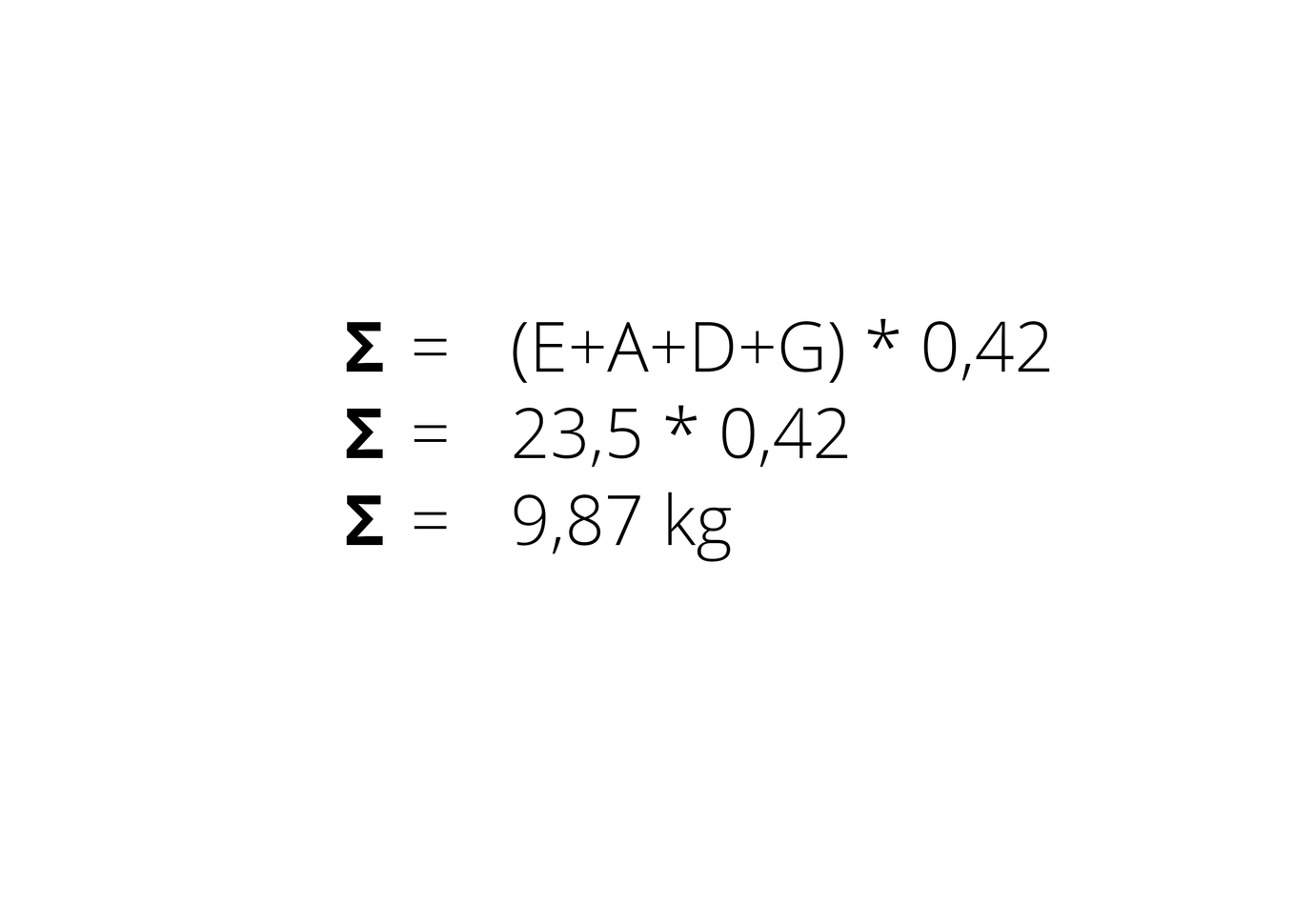String Tension
Generally speaking:
Lower tension = more overtone colors and "warmer" sound, slower response, easier on fingers
Higher tension = more "penetrating" volume "body", faster response while sacrificing dynamic range and colors
In-depth technical analysis:
The string tensions have an impact on:
- Sound (sound colors, tonal lifespan, tonal stability in changing air humidity, bow response)
- Feeling (left hand and bow)
- Projection
- Other challenges (wolf tone, E-string whistling, buzzing)
String tensions define the forces required to tune the string to the keynote for a certain vibrating string length. The Rondo® G-string RO04 has a string tension of 4.8 kg/10.3 lbs. The string tension of the Rondo® RO100 string set, i.e. the sum of the four strings’ string tension amounts to 23.5 kg / 51.9 lbs.

Part of this mass – depending on the parallelogram of forces (in simple terms, this is the influence of all the instrument’s angles: neck angle, angle at the tailpiece, curve of the soundboard) this can account for between 42 % and 45 % on the instrument – presses on the bridge, therefore providing a defined pressure on the soundboard. This is calculated as follows:
Explanation:
E+A+D+G is the sum of all string tensions. With Rondo® RO100, it amounts to 23.5 kg/50.7 lbs.
Between 42 % and 45% of the sum of all four string tensions apply pressure to the bridge. The percentage varies, depending on the angles of the instrument. For this example, we have assumed 42 % pressure, thus calculated with 0.42. 9.87 kg is therefore the force that presses on the bridge and the soundboard. The instrument and string sound develop best when the right string tensions are chosen and the pressure on soundboard and instrument structure is ideally balanced.
Vibrating String Length
To choose the right strings and the correspondingly correct string tensions, you need to know the vibrating string length of your instrument, so that you do not overload or underload your instrument’s soundboard. In the event of overload or underload, the physical shape of the instrument, together with the sound and character of the strings, can suffer. Only by choosing a string tension appropriate to the instrument can optimal sound and haptic characteristics be developed for musician and tool.

The vibrating string length of a string instrument is the distance from the inside edge of the bridge to the inside edge of the saddle.
The vibrating string length varies from instrument to instrument:
- For violins, the vibrating string lengths are between 32.5 cm and 32.8 cm on average.
- For violas, there are no clear standards, relationships between body lengths and vibrating string lengths can vary. It is possible to have a small body with a longer vibrating string length or a large body with a shorter vibrating string length. However, on average, the vibrating string lengths for violas are between 37 cm and 38 cm.
- Cellos have vibrating strings lengths of around 70 cm. Thomastik-Infeld also uses 70 cm as the vibrating string length for cello strings in its catalog.
- Similar to violas, the sizes and proportions are much less standardized for double basses. The current standard size is the 3/4 size, which corresponds to a vibrating string length of 103-106 cm. For a 4/4 double bass, a vibrating string length of 106-110 cm is usual, but there are also instruments outside these standards.
A summary of the vibrating string lengths:
Violin: 32.5 cm - 32.8 cm
Viola: 37cm - 38 cm
Cello: 69 cm - 70 cm
3/4 bass: 103 cm - 106 cm
4/4 bass: 106 cm - 110 cm
(Source: Thomastik Strings Intelligence)